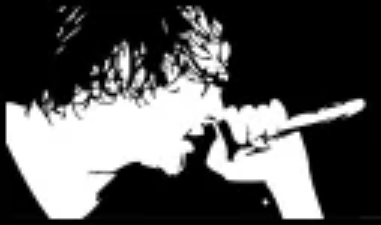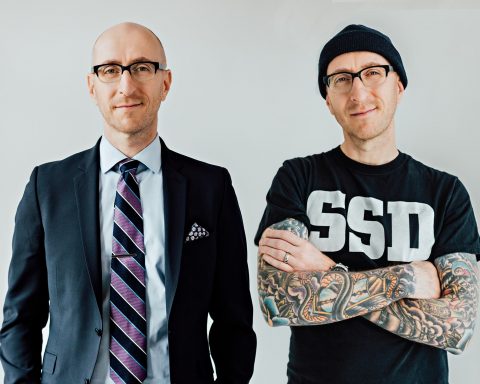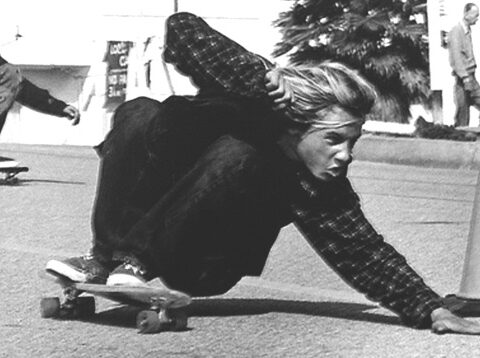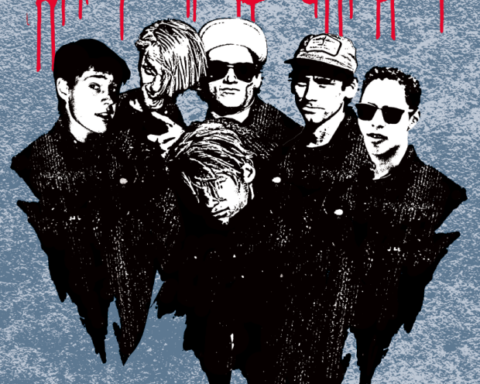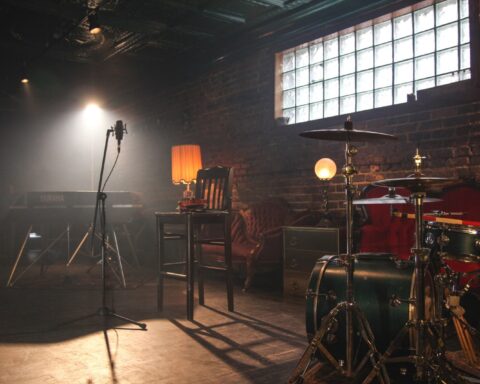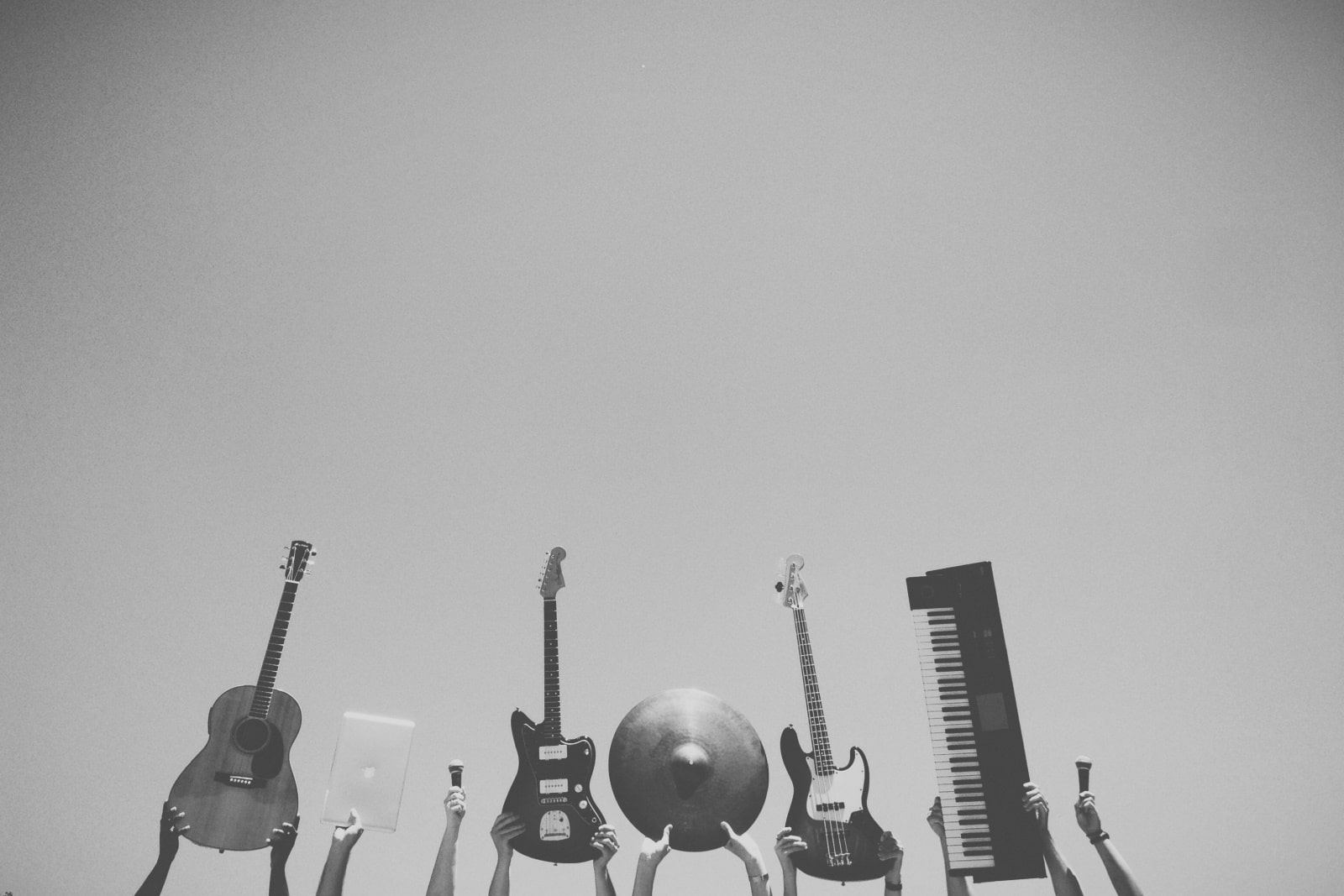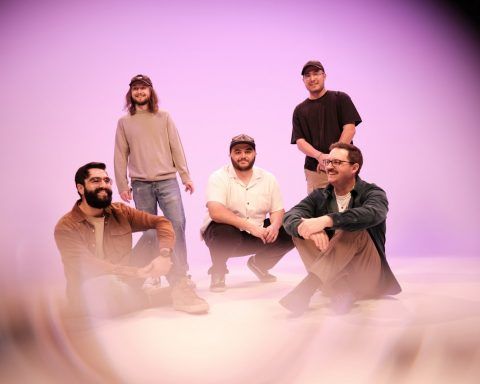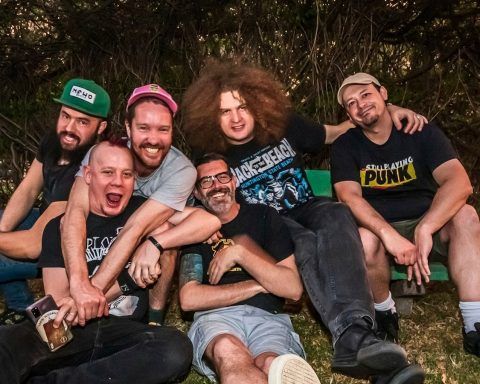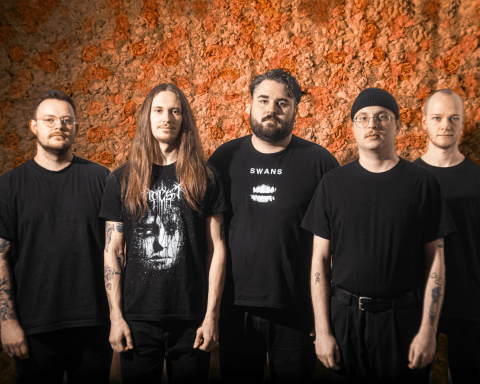Gone are the days of overly wholesome music, with baby-faced singers yowling cheerfully about their breakups. While strangely happy pop-type stuff definitely still exists and is wildly popular, the sweeping underground experimental movement has been pushing boundaries for decades and isn’t going away any time soon.
These artists have been taking music to the limit, doing things that nobody else has tried before. They’re the explorers of the music world, doing eccentric and exciting things with their instruments.
Ever wondered what some of the well-known experimental guitarists play? Here are 5 of your favorite experimental artists’ guitar rigs.
Ian MacKaye: Fugazi
Fugazi has been active in the post-hardcore music scene since the late 80s. Ian McKaye is one of the founding members. Although Fugazi has technically been on hiatus for a lot of years, MacKaye has been a part of various bands in different genres, including hardcore punk, indie rock, and post-hardcore.
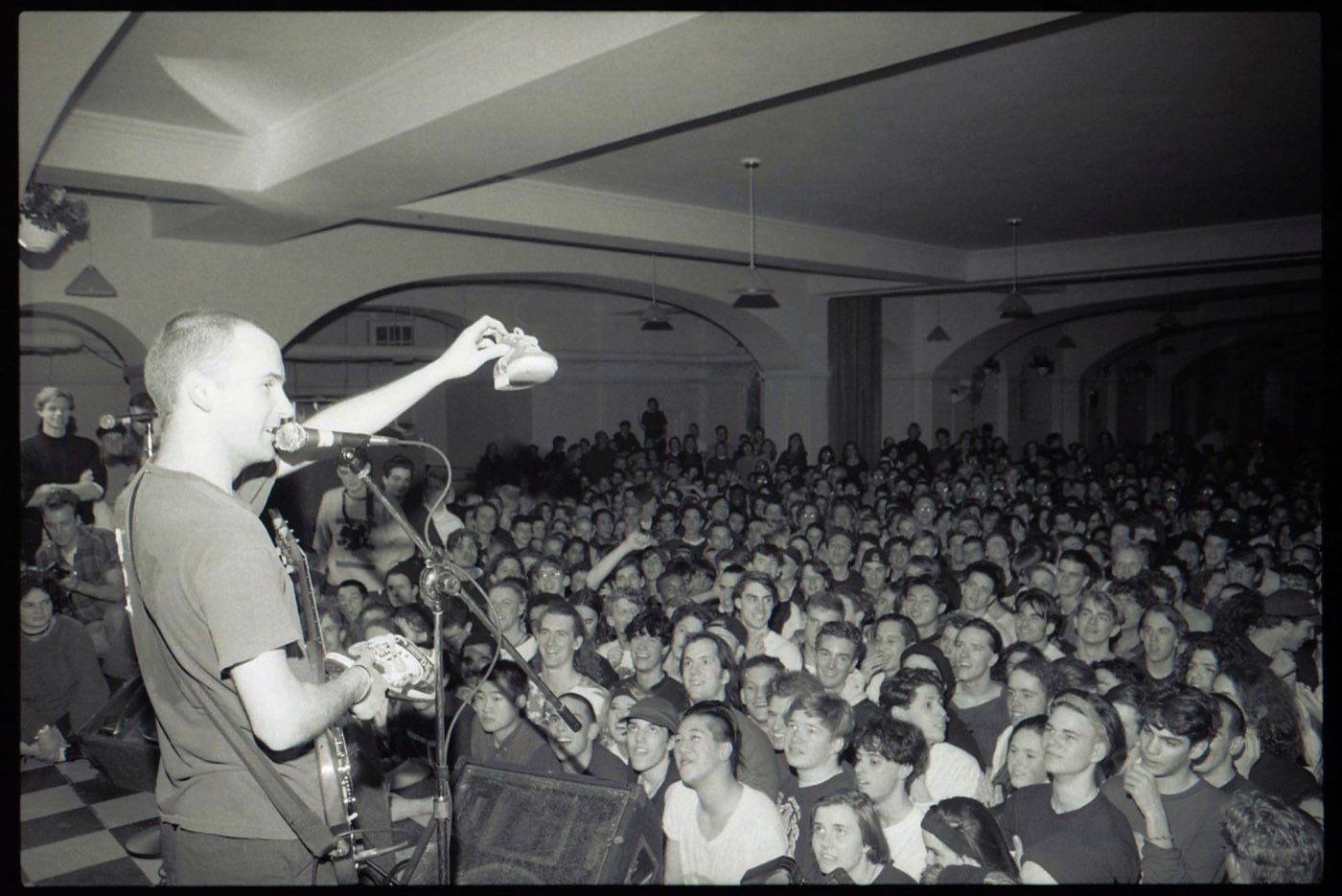
It may be surprising to learn that gear has never really been a big thing for MacKaye. For someone who’s spent a lot of time playing experimental music, Ian is the most raw type of guitarist, unconcerned about effects and tweaks.
Mid-70’s Gibson SGs have been MacKaye’s guitar of choice since back in the early Fugazi days. He alternates between a white and a brown SG, both of which have DiMarzio Super Distortion humbuckers at the bridge.
In later years, more specifically with The Evens, MacKaye used a Creston Straight-6 Baritone guitar. He’s also been seen playing a Danelectro ’56 Baritone and a Rickenbacker 360.
MacKaye’s preferred amp combo was a Marshall 1960A 4×12” cabinet with a Marshall JCM800 2203 100W Tube Head Amp. However, with Coriky, he switched to a Fender Blues Deluxe. It’s the first amp he’s used with a channel switcher.
Apart from the occasional bit of reverb on his amp, MacKaye doesn’t use any effects. He finds pedals distracting, preferring to focus on his guitar.
Aidan Baker: Nadja
Aidan Baker is a Canadian guitarist who’s primarily a solo artist but has also been part of several side projects, including the latest, Nadja; a collaboration with his wife, Leah Buckareff.
Baker has always been an experimental musician. Both his parents are musicians, so he was surrounded by jazz and classical music as a child. As a teen, he developed an interest in punk and grunge music, which led to him picking up a guitar.
His latest compositions with Nadja sway heavily towards experimental ambient music, with an emphasis on the electric guitar. It’s on the darker, dreamier side, and Baker himself favors the term “dreamsludge” to describe their sound.
His main guitar is an 80’s Kramer Aerostar ZX30, which was the first guitar he ever bought himself back in his teens. On the rare occasion that he plays acoustic, his go-to guitar is a Seagull.
Baker doesn’t really use amps, preferring to go direct to the PR system (a Behringer 4-channel mixer). He is, however, a fan of effects pedals. His go-to pedal is a Profile Overdrive that he’s been using for more than 2 decades. Another one that he brands as an integral pedal in his sound chain is an Akai Headrush delay/looper.
Others that he uses on and off include Boss’s OS-2 Overdrive/Distortion, CH-1 Super-Chorus, OC-3 Super Octave, and RC-2 and RC-20X Loop Stations; Ibanez DPL10 Pan/Delay; a Shift Line Astronaut (discontinued), and a Zoom Multi Effects unit.
Oliver Ackermann: A Place to Bury Strangers
Ackermann hasn’t been as active on the experimental band scene as our first two artists, but he’s currently the guitarist and vocalist for the psychedelic experimental group A Place to Bury Strangers, called “the loudest band in New York”.
He is a self-proclaimed non-favoritist when it comes to gear and is happy to play on anything that’s available. That being said, Ackermann has been known to favor Fender guitars, using a variety of Jazzmasters and Jaguars as his primary guitars. He’s also been known to play a Magnatone Typhoon. His guitars are often a bit battered, in his own words, “glued together and reinforced with bolts”.
He’ll also plug into any amp around, although he owns a Markbass Little Mark III with a 500-watt amp head. Both Ernie Ball strings and DR strings have been seen on his guitars.
Pedals are Ackermann’s specialty. He founded the pedal company Death by Audio, where he designs and creates hand-wired effects pedals. He’s provided custom pedals to a variety of musicians, including The Edge of U2 and band members of Nine Inch Nails.
His own pedal rig includes four Death by Audio creations: a140db booster, the Armageddon, the Reverberation Machine, and a soundbox/preamp. His other staples include a homemade wah pedal and stereo reverb prototype.
Kurt Ballou: Converge
Kurt Ballou comes from a classical background, having played saxophone, bassoon, and bass clarinet in high school jazz and concert bands. At the age of 16, after receiving a Slayer tape from a friend, he made the switch to guitar.
He’s played in a few bands, but has been the guitarist for hardcore punk/metalcore band Converge since 1990. AllMusic has labeled them one of “the most original and innovative bands to emerge from the punk underground”, mixing elements of metal, and hardcore with the rhythms and grooves of jazz.
Ballou has been known to play a wide variety of guitars, including a Rickenbacker 650 Atlantis, a Gretsch G5022CWFE-12 Rancher Falcon Jumbo 12-String Cutaway Electric acoustic guitar, a Wild Customs The Savage One, a Warmoth Custom Jazzmaster, a Framus AK-1974 custom, and two First Act guitars: a Custom Sheena and a Custom Offset-Horns Double-Cutaway.
But most of his latest guitars have been his own creation, the Craftsman. These have been built under his own brand, GodCity Instruments.
He’s also used a range of amps, including a Bad Cat Black Cat head and Lynx head, Marshall 1987x Plexi Reissue and 50-watt JMP 2204, a Sparrow amp, a Guild Thunderbass, an Ampeg V-4 head, and an Orange OR50 head.
Ballou also favors a variety of pedals in his rig, and designs them himself if he’s looking for something specific. Some of his favorites include the Demedash Effects T-120 Videotape Echo (analog delay), the Shift Line A+ Astronaut III Multiverb Space Unit (reverse shimmer effect), and the Foxrox Electronics Octron2 (for weird and creepy tones).
Some of his own designs—GodCity Instruments—that he uses on the regular are the GCI OGR Optical Gain Reduction (a compressor), the GCI Crimson Cock (a treble booster), the GCI Ape Eye (a dirt box), and the GCI Jugendstil (a fuzz box).
Michael Crain: Dead Cross
Crain grew up exposed to a wide range of music. He originally had a love for hard rock (introduced by his father), but also developed a deep appreciation for soul, disco, R&B, and motown thanks to his mother. In his teens, he was exposed to thrash metal and punk.
Dead Cross is classified as a hardcore punk band, but there’s no denying that Crain is an experimental artist who brings elements of each of genre he was exposed to when learning to play. The band also leans heavily towards thrash metal, with Crain tuning down slightly to get that dark, heavy feel.
Crain plays a Gibson SG Special, Gibson Gibson ES-335, and an Esoterik DR1 which features a high-gain Homewrecker humbucker at the bridge. In terms of amps, he switches between a modified Marshall JCM900 SL-X and a JCM800 2203.
He uses pedals sparingly, but keeps an array of them on his pedalboard for subtle use in certain songs. His collection includes a variety of Boss pedals such as an SD-1 Super OverDrive for good feedback, a DSD2 Digital Sampler/Delay for a range of delay, and a tuner; a couple of MXR stomp boxes, including a Carbon Copy Analog Delay and a Bass Octave for a fatter tone; a Digitech Whammy, and a blue Line 6 modulator.

